Young people usually have an advantage and at least have the necessary training time. But Ms. Trinh put on hard-toed shoes when she was in her 50s.
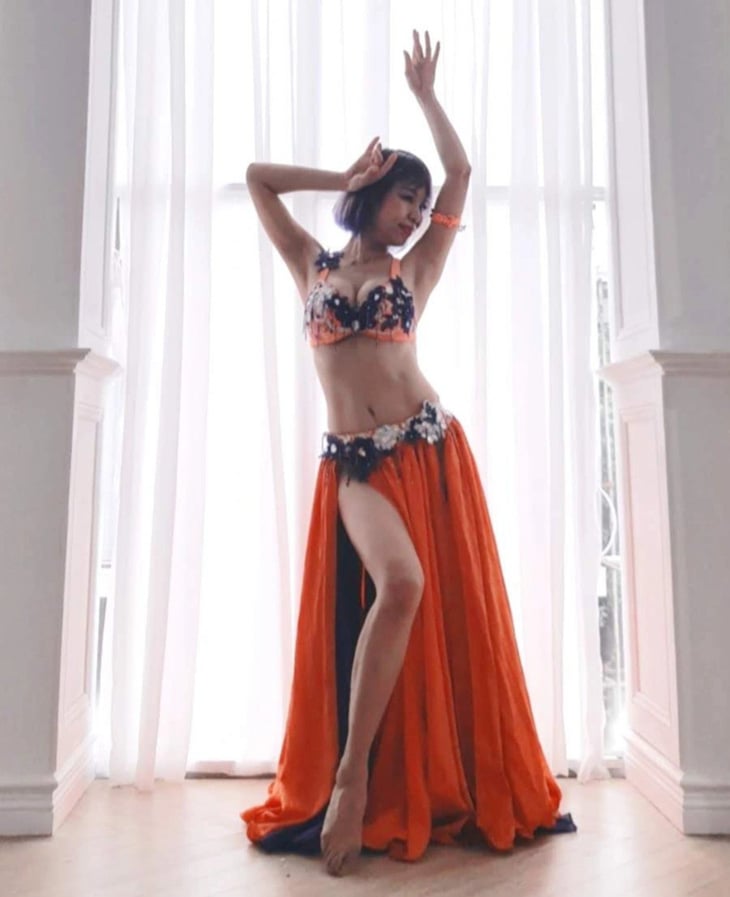
Ms. Trinh is full of life in belly dance - Photo: NVCC

Happy to see myself moving a little forward every day
Ms. Nguyen Kieu Trinh studied fine arts, was a painter, a reporter and currently works for an English newspaper, a job that has nothing to do with dancing. Dancing was a childhood dream that she did not dare to pursue, a hobby to relieve stress in her youth. In middle age, it is a catalyst for her to explore new things and challenge herself. The adult ballet class at Kinnergy Center that Ms. Trinh is attending has more than a dozen people, most of whom are quite young. There are a few students of school age but most are adults who have gone to work. Ms. Trinh is in the "elderly" group of the class but is not the oldest student. The class has a few foreign students. They live in Vietnam and do jobs unrelated to art, but looking at their movements, you can see that they have practiced ballet for quite a while. This group of "elderly" people have something in common in their demeanor. It is a peaceful and calm look, a kind of "meditation" in the space where they dance. This is quite strange because everyone thinks that ballerinas (professional ballet dancers) need to learn from a young age and have to go through hard training, considering it a career that requires a goal to constantly strive for. People like Ms. Trinh are not like that, they do not seem to practice hard to become someone to compete or build a career, but they look inward to find joy. But that does not mean that the training of non-professional ballet students like Ms. Trinh is easier. On the contrary, to make even a small progress compared to young people, they will have to work much harder because at this age, their bodies find it difficult to achieve flexibility, openness, and musculoskeletal stability. "Those who like excitement may find ballet boring. The hardest time to overcome is the basic lessons, when in a class most of the time we will practice with the choreography, practicing the same "monotonous" movements over and over again. I had to overcome the despair of not being able to master even the simplest movements, and no matter how many times I practiced, I still didn't see any difference. It took a long time to be able to move a little bit forward compared to my previous self," Trinh said.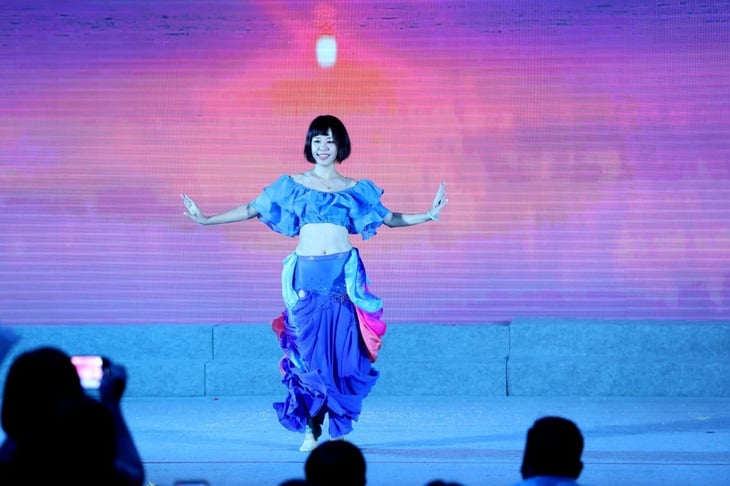
No longer young, Ms. Trinh is still radiant on the dance floor - Photo: NVCC
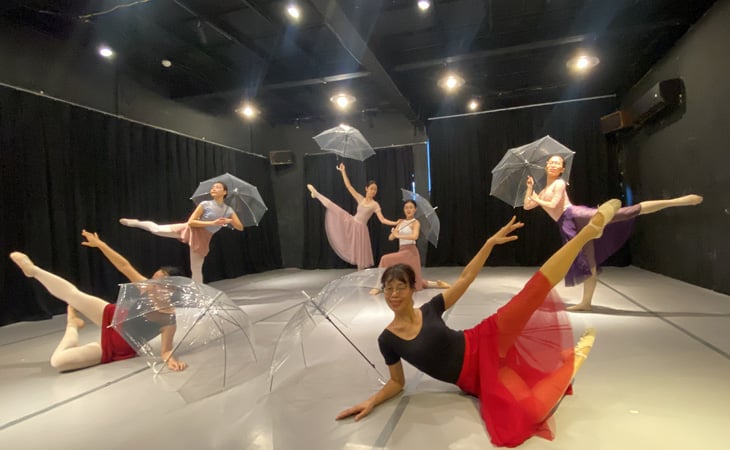
Ms. Trinh (front) in a dance performance with her classmates - Photo: NVCC
"It's never too late"
Ms. Trinh said this when looking back on her dance experience. Starting her dancing journey in her twenties, Ms. Trinh learned dancesport (sport dance), then belly dance (belly dance) before coming to ballet. "Dancesport was just a game that stopped early. Later, when I returned to dancing, I wanted to find a form that I could dance alone because I was afraid of physical contact with strangers. I also liked to learn lady style with Latin dances because of its attractive and bustling music , but then I chose belly dance," she said. According to Ms. Trinh, the difficulty of belly dance is to create soft, curvaceous movements of the body, especially the technique of separating each body part according to different movements. She shared that with belly dance, she had a journey enough to... confidently study and interact with friends. But with ballet, even though she had been "exploring the wilderness" for 4 or 5 years, she knew she was still taking her first steps. "Why did belly dance change to ballet?", answering this question, she said that belly dance and ballet have many seemingly opposite points. One side is a dance originating from Eastern culture with the ideal beauty of fertility. The other side is produced from the West with classical and learned music, worshiping elegant beauty. An improvisational dance, full of curves, expanding in all directions like proliferation, belly dance seems to be opposite to the high-reaching, tightening postures, the soft but extremely strict movements, the soaring but extremely tight movements of ballet. "But as a dance enthusiast, I know that ballet will complement belly dance a lot. Because every dance needs a basic foundation, and ballet is the complementary foundation. It helps the muscles and bones become stronger, more stable, and have better balance", she shared. According to Ms. Trinh, whether it is belly dance or ballet, behind each dance is a whole sky of music and cultural knowledge. And perhaps for middle-aged people, the attraction is not only in the dance but also in the things behind it. Curiosity, discovery, constant learning and the journey of self-renewal are probably the factors that attract people of Ms. Trinh's age...The girl with "flared mouth, peanut knees, and broom legs" is different now.
Trinh said she loved dancing since she was little but did not have the courage to "confess" to her parents because she was self-conscious about her "flared mouth, knobby knees, and slouchy legs" body shape, as her grandmother often teased her. It was just a joke from adults, but little Trinh at that time thought she was not suited for dancing and could not dance. In Trinh's mind at that time, dancing was something beautiful but out of reach. "Actually, I could not imagine that one day I would be able to do what I loved since I was little, let alone dare to step into a ballet studio and pursue it for so many years. If I did not have passion, it would be very difficult to pursue it," Trinh shared.Tuoitre.vn
Source: https://tuoitre.vn/nhung-giac-mo-tuoi-trung-nien-ky-cuoi-hoc-tieng-anh-o-tuoi-53-sau-con-dot-quy-20241017223304051.htm



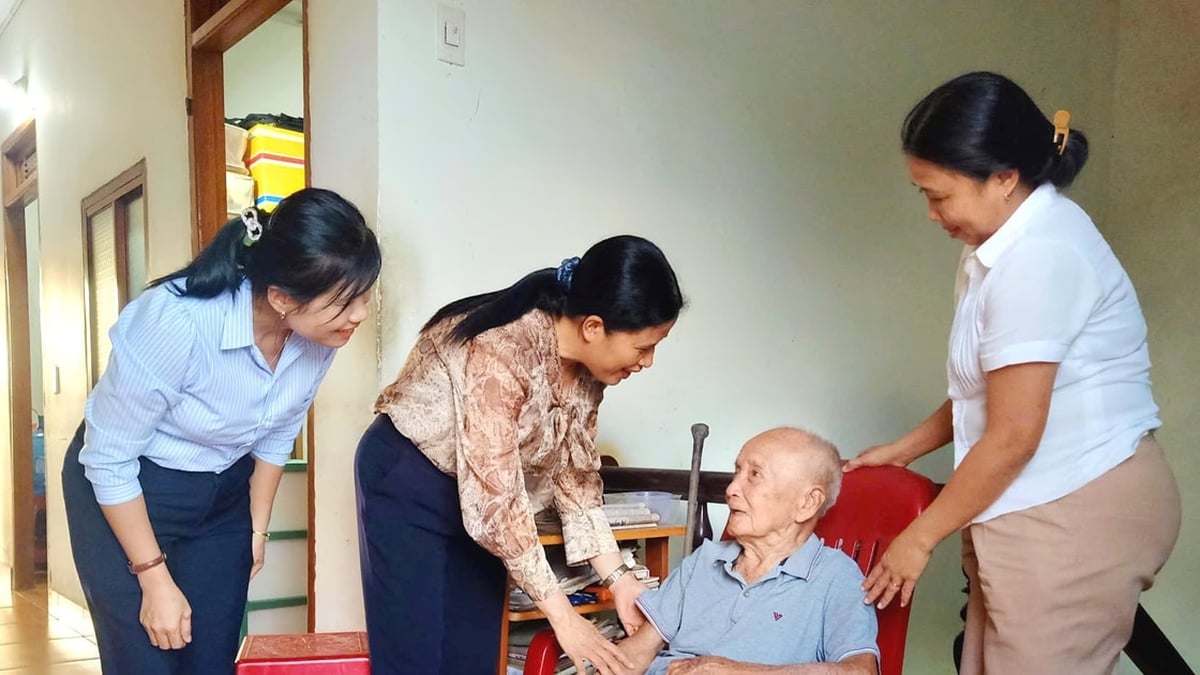











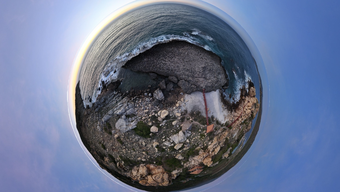







![[Photo] Gia Lai provincial leaders offer flowers at Uncle Ho's Monument with the ethnic groups of the Central Highlands](https://vphoto.vietnam.vn/thumb/1200x675/vietnam/resource/IMAGE/2025/7/9/196438801da24b3cb6158d0501984818)





















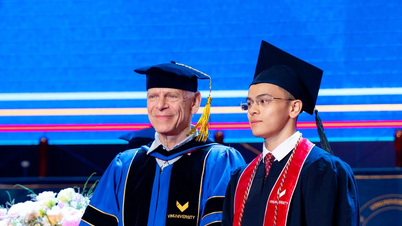

































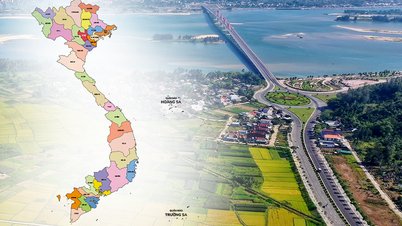


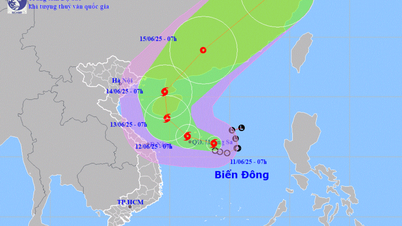

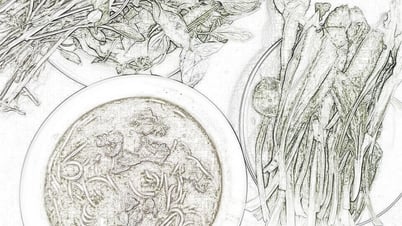














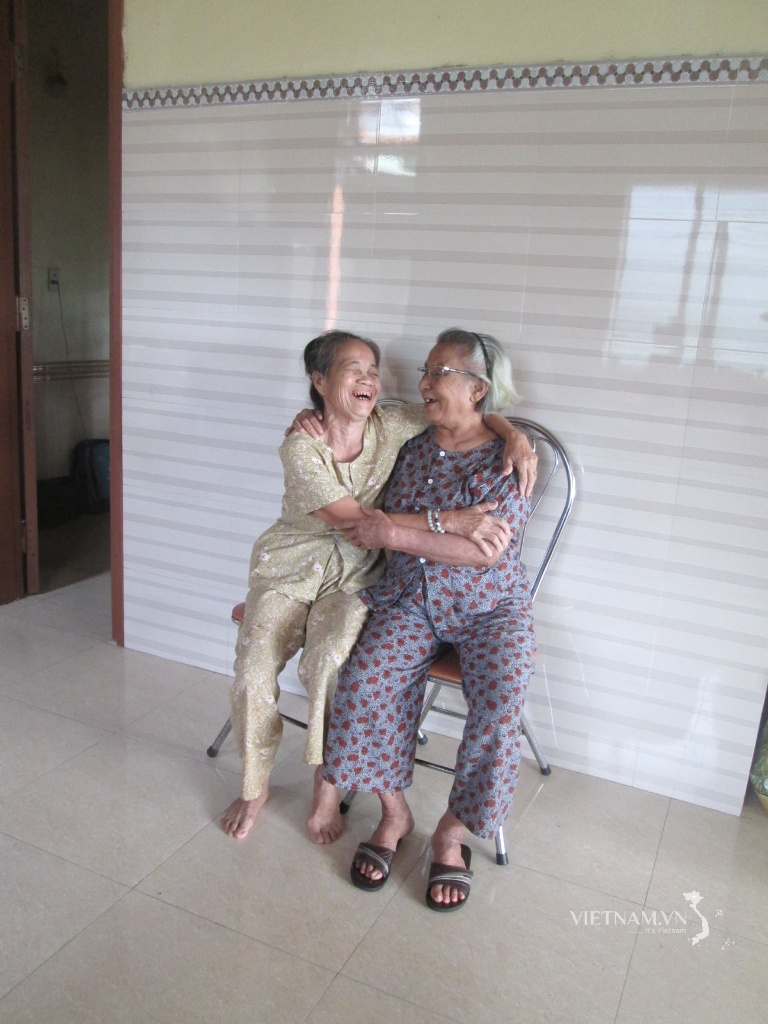


Comment (0)